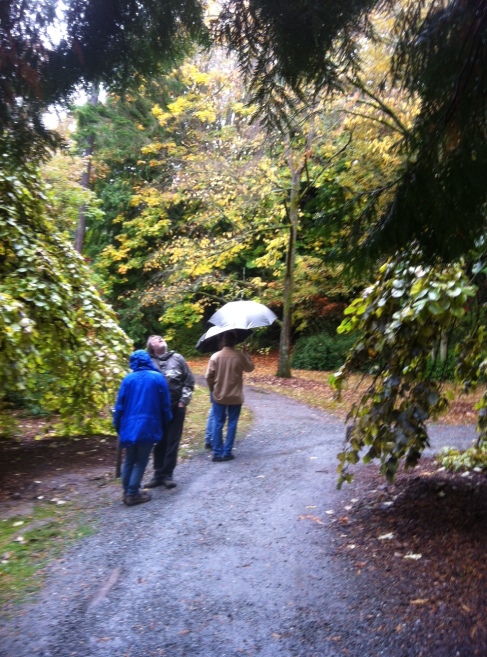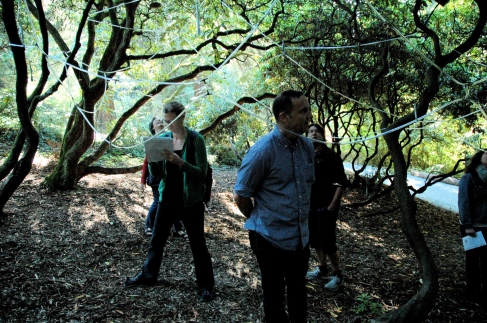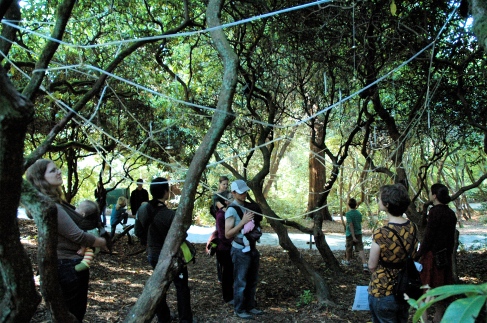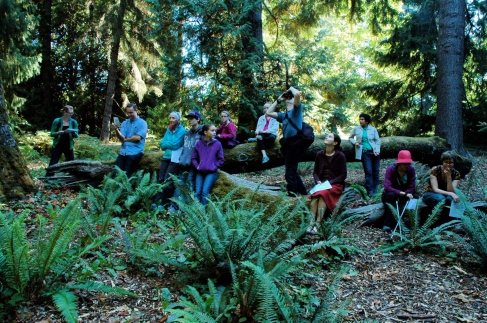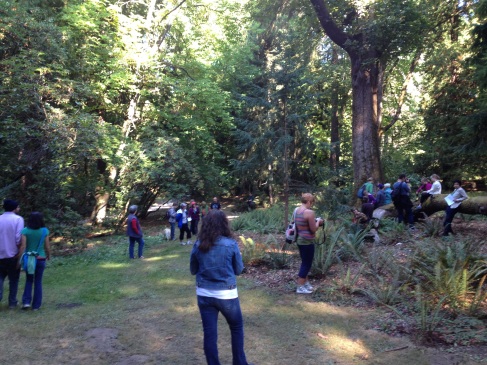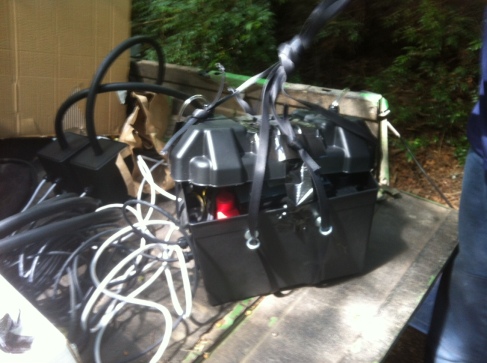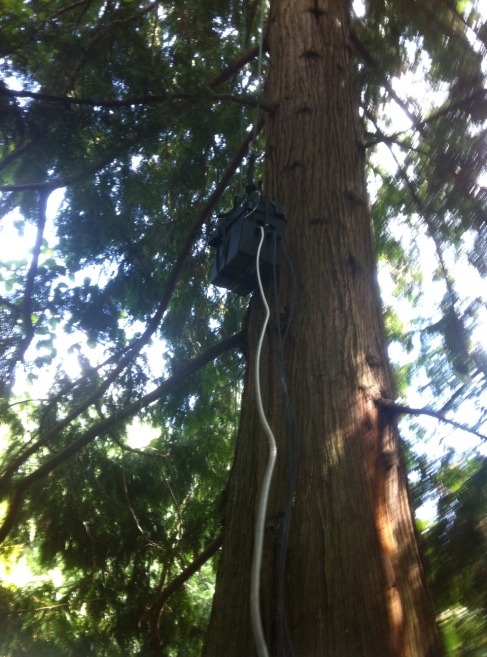It’s done!!! Can’t quite believe it but all of the sites are now up and running, and Kate’s sculpture is fabulous. Here are some photos of the process:

This solar panel is awaiting its journey into the treetops. Before the system went up each time I hooked everything up on the ground to triple check that it was working.

…And there goes the panel! When I’ve told some people about the project, they initially assume that I brought the panels and other equipment up the tree. Let me assure you, this was not the case. Aside from a few trips up a ladder I kept my feet firmly on the ground.

When Chris, the Arboretum’s arborist, said he was going to put the panels in the tops of the trees…he wasn’t exaggerating. He took this photo while installing another panel in a nearby tree.

Although the solar panel looks more impressive going up the tree, the battery box weighs way more than the panel. Between the equipment in the box and all of the cable there’s got to be at least 100 pounds of gear there. I was so proud of myself the one time I picked everything up from a vehicle and managed to gently lower it to the ground…so I was very grateful not to be the one pulling the system up a tree 12 times.

The owl was positively unimpressed by the endeavor. (Photo by Chris.)
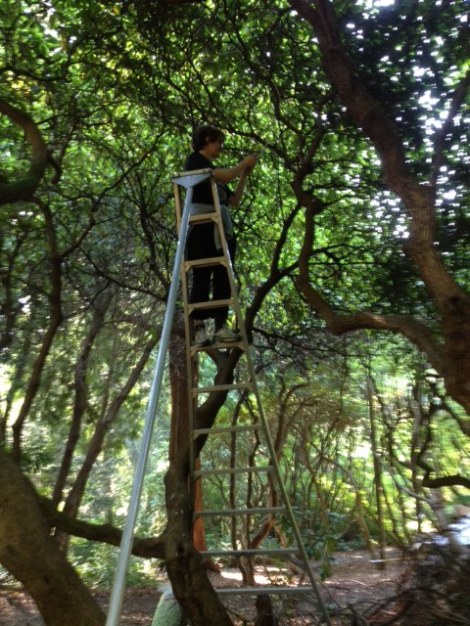
Speaking of ladders, did I mention I’m not crazy about heights? Also not crazy about gigantic spiders inches from my head while on a ladder at the campderdown site. Needless to say I kept reminding myself that if said spider(s) happened to land on me, better to wait to panic until I got back to the ground. (Thanks to Chris for the photo…which is at the rhododendron site…I faced the camperdown’s spiders alone.)
Kate, on the other hand, looked right at home while she installed her sculpture:

BTW her sculpture is awesome. It’s hard to capture it in a photo, but I tried.

The clear tubes make a more subtle appearance at two other sites. At the camperdown site tubes are woven through the tree to create additional ‘mutant’ branches. If you listen closely you can hear some sound through the ends of these branches. Watch out though–despite my best efforts to ‘de-bug’ the installation, the earwigs have made these tubes their second home.

(I’ve been told that’s a horrible pun, but I really couldn’t resist. My apologies.)
Listen Wednesdays from 3-6 pm and Saturdays and Sundays from 10:30 am to 1:30 pm. FYI this saturday you may run into an eagle scout project near Kate’s sculpture. Print a map from the website or pick one up at the visitor’s center. It runs through the end of October. Hope you can make it!





